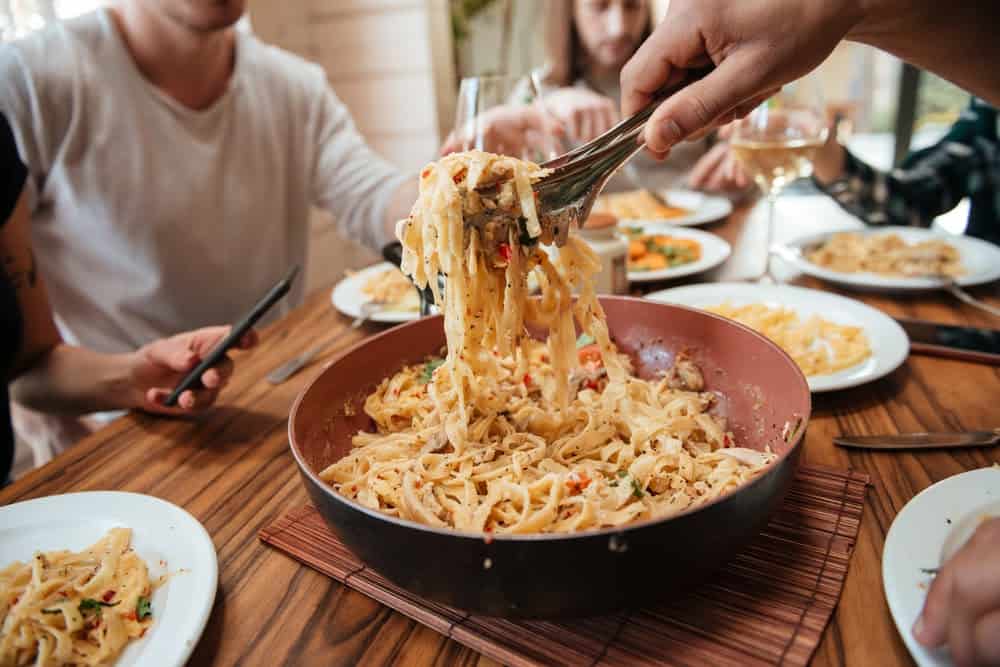Finding out more about what we put into our bodies can be very liberating and provides a better understanding of what fuels us. Sometimes, as much as we may love to eat something, our bodies don’t react to it well. One of those things for you might just be gluten. What exactly is gluten, and what are some of the reactions you can have to it? Gluten is classified as a family of storage proteins.
You commonly find gluten in cereal grains, which include wheat, barley, and also rye. It is what gives certain foods that soft and chewy texture that we tend to love; however, it can also make certain people sick. Keep reading to learn more about living a gluten-free lifestyle.

The Rise Of The Gluten-Free Diet
When gluten proteins are heated, they start to stretch and trap gas – this is perfect for when you are making things like bread and pasta. Gluten is also frequently used in processed foods to help create a better texture and help retain moisture.
Gluten-free diets are becoming more and more popular. Some people might just choose this way of eating because they feel better generally from it, and others do it because they are unable to tolerate gluten, and their bodies are unable to process it.
